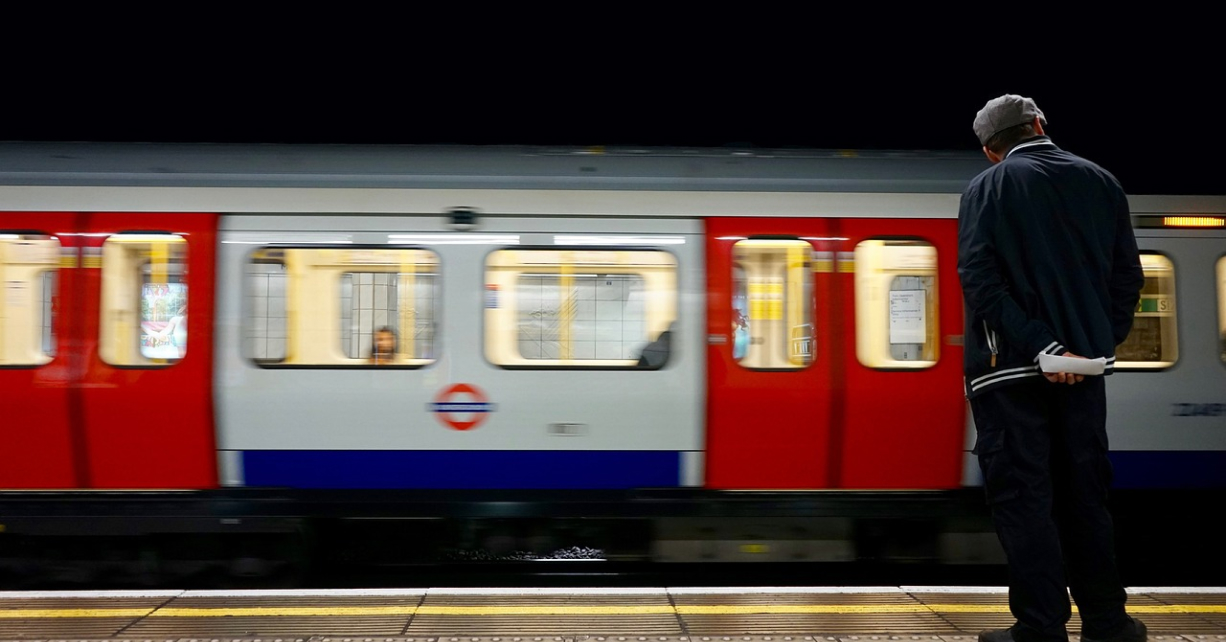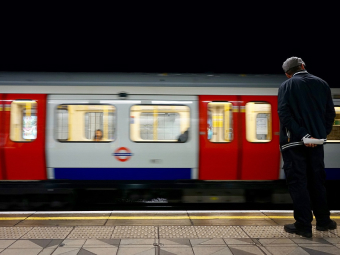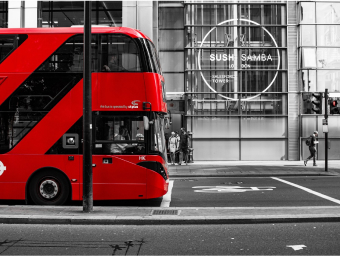

As rail fares see a 4.9% increase this month, the dream of affordable living outside London while commuting to the city grows more complex. The shift towards hybrid working models initially prompted many to move to commuter towns, seeking both space and value. However, the escalating costs of commuting are now prompting a reassessment of the true savings these moves offer.
Recent years have witnessed significant rent hikes in towns like Luton, once celebrated for their affordability. With a staggering 30% increase in rent over three years, the allure of commuter towns seems to be waning, especially when juxtaposed against the recent rail fare hikes.
A Savills report highlights a stark reality for commuters from towns like Oxshott in Surrey, where combined monthly costs of mortgages and train tickets can average £7,865. This figure starkly contrasts with London’s average rent, questioning the financial viability of such a commute.
The report further elaborates that while costs decrease with longer journey times from London, more expensive season tickets from distant towns are balanced by lower house prices. This dynamic offers a glimmer of hope for those willing to endure longer commutes.


Savills categorised commuter towns by their distance from London, revealing the most expensive locales. Micheldever in Hampshire and Brockenhurst in the New Forest emerge as costly options, while closer towns like Oxshott and Virginia Waters in Surrey impose hefty financial burdens for sub-hour commuters.
On a brighter note, towns like Chatham, Northampton, Dover, and Sheerness present more affordable alternatives. Chatham stands out for its balance of cost and convenience, offering a significantly cheaper monthly outlay for a commute that’s under an hour.
The quest for affordable living while maintaining access to London’s opportunities is increasingly challenging. As rail fares rise, the importance of carefully considering both housing and commuting costs has never been clearer. For those pondering a move to a commuter town, it’s essential to weigh the total monthly expenses against the quality of life and convenience offered. In the evolving landscape of work and life balance, finding a sweet spot requires a keen assessment of what value truly means on an individual level.